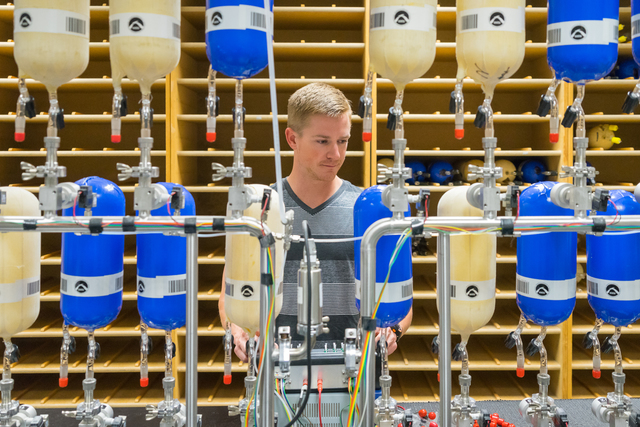WASHINGTON — Global levels of carbon dioxide, the most prevalent heat-trapping gas, have passed a daunting milestone, federal scientists say. ADVERTISING WASHINGTON — Global levels of carbon dioxide, the most prevalent heat-trapping gas, have passed a daunting milestone, federal scientists
WASHINGTON — Global levels of carbon dioxide, the most prevalent heat-trapping gas, have passed a daunting milestone, federal scientists say.
The National Oceanic and Atmospheric Administration says in March, the global monthly average for carbon dioxide hit 400.83 parts per million. That is the first month in modern records that the entire globe broke 400 ppm, reaching levels that haven’t been seen in about 2 million years.
“It’s both disturbing and daunting,” said NOAA chief greenhouse gas scientist Pieter Tans. “Daunting from the standpoint on how hard it is to slow this down.”
He said it is disturbing because it is happening at a pace so fast that it seems like an explosion compared to Earth’s slow-moving natural changes.
Carbon dioxide isn’t just higher, it is increasing at a record pace, 100 times faster than natural rises in the past, Tans said.
Pushed by the burning of coal, oil and gas, global carbon dioxide is 18 percent higher than it was in 1980, when NOAA first calculated a worldwide average. In 35 years, carbon dioxide levels rose 61 parts per million. In pre-human times, it took about 6,000 years for carbon dioxide to rise about 80 parts per million, Tans said.
Monthly levels fluctuate with the season, peaking in May and then decreasing as plants absorb carbon dioxide. But they are increasing on a year-to-year basis.
Levels are also higher in the Northern Hemisphere because that’s where carbon dioxide is being spewed by power plants and vehicles, Tans said.
The first time levels passed the 400 ppm milestone was for just a few weeks in the Arctic in 2012. Last year the monthly Northern Hemisphere average measured in Hawaii exceeded 400 and now the global average has as well, said James Butler, head of NOAA’s global monitoring division.




